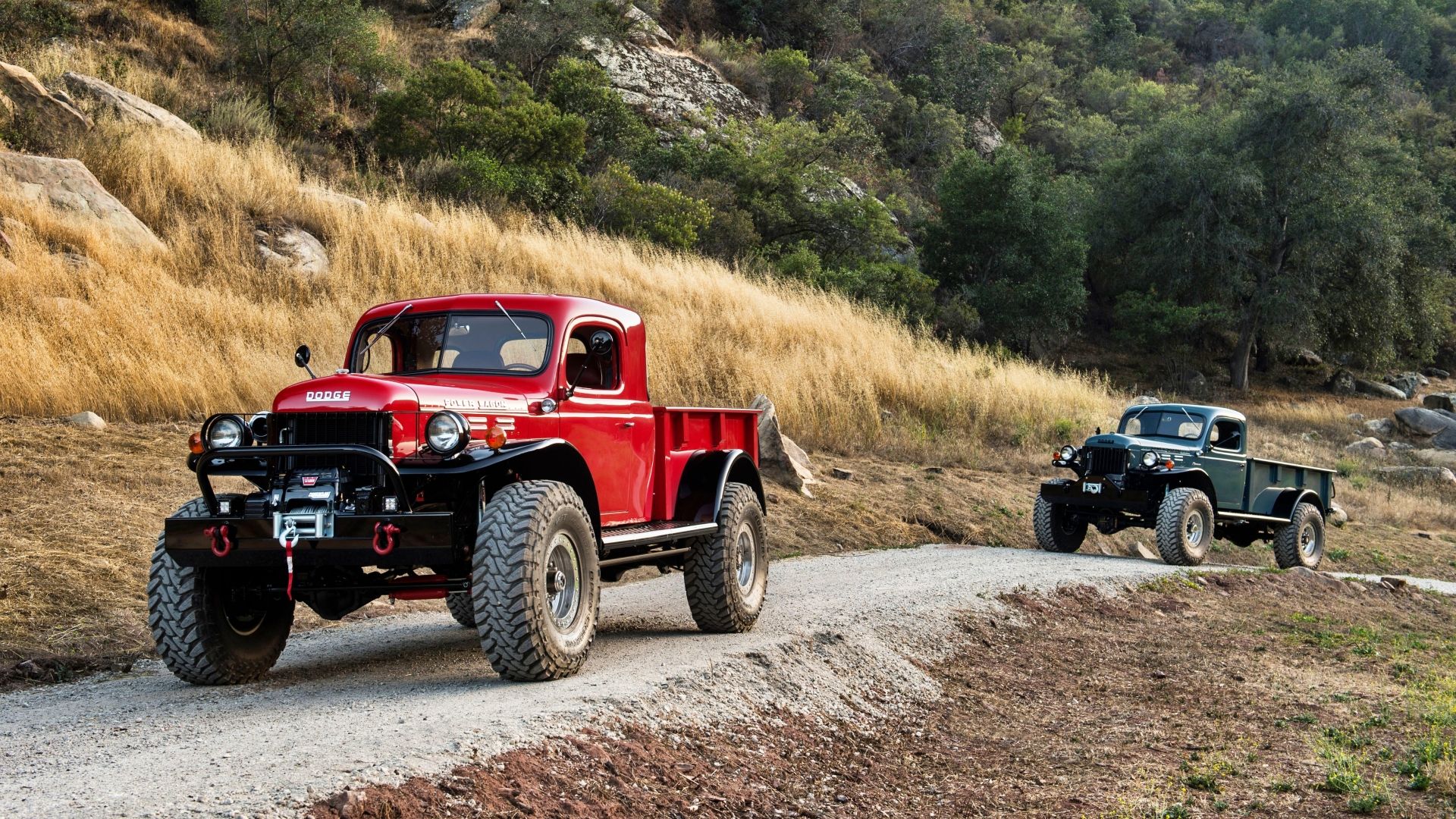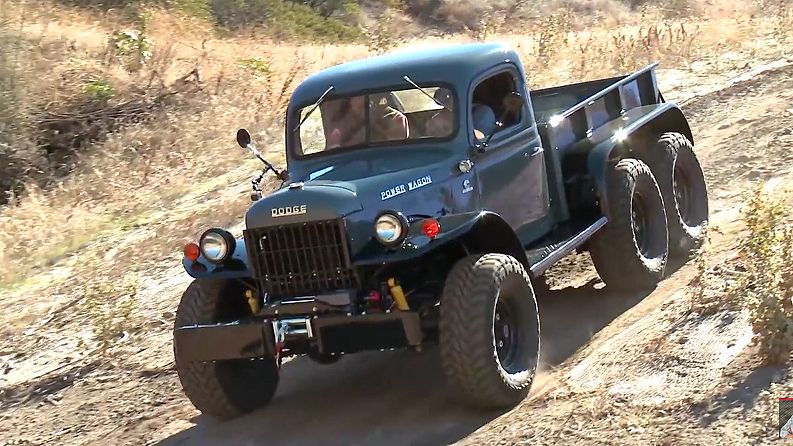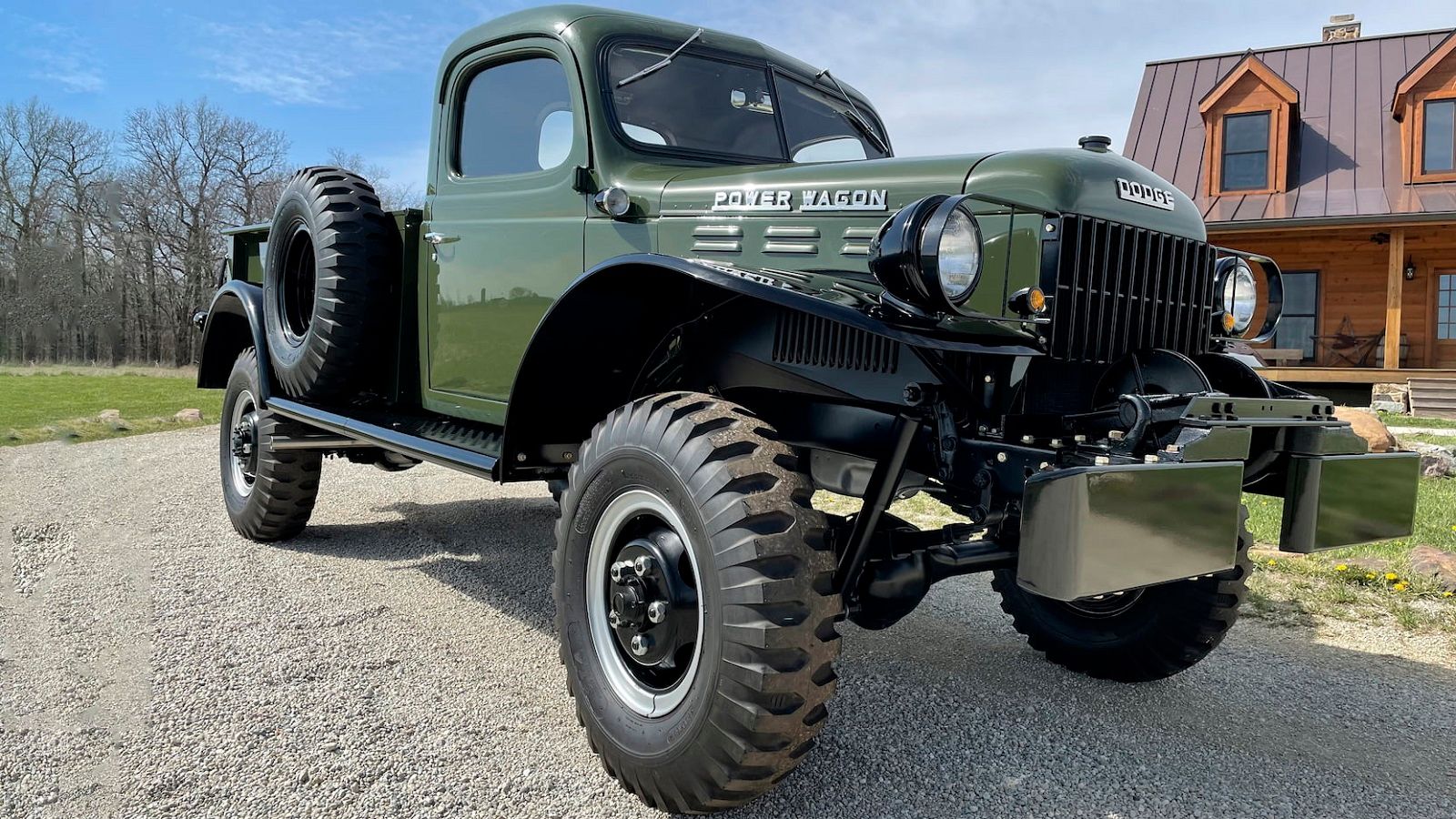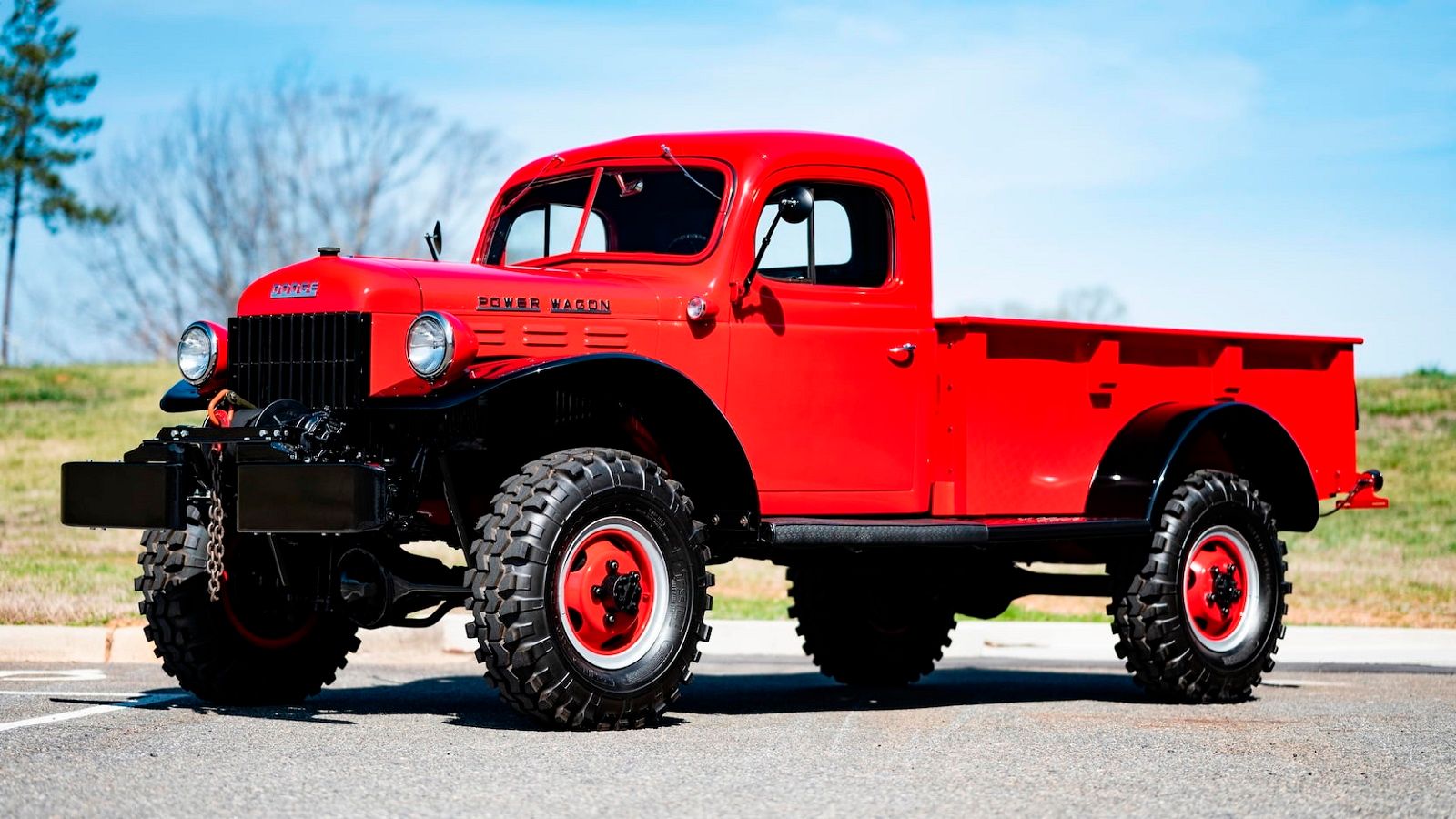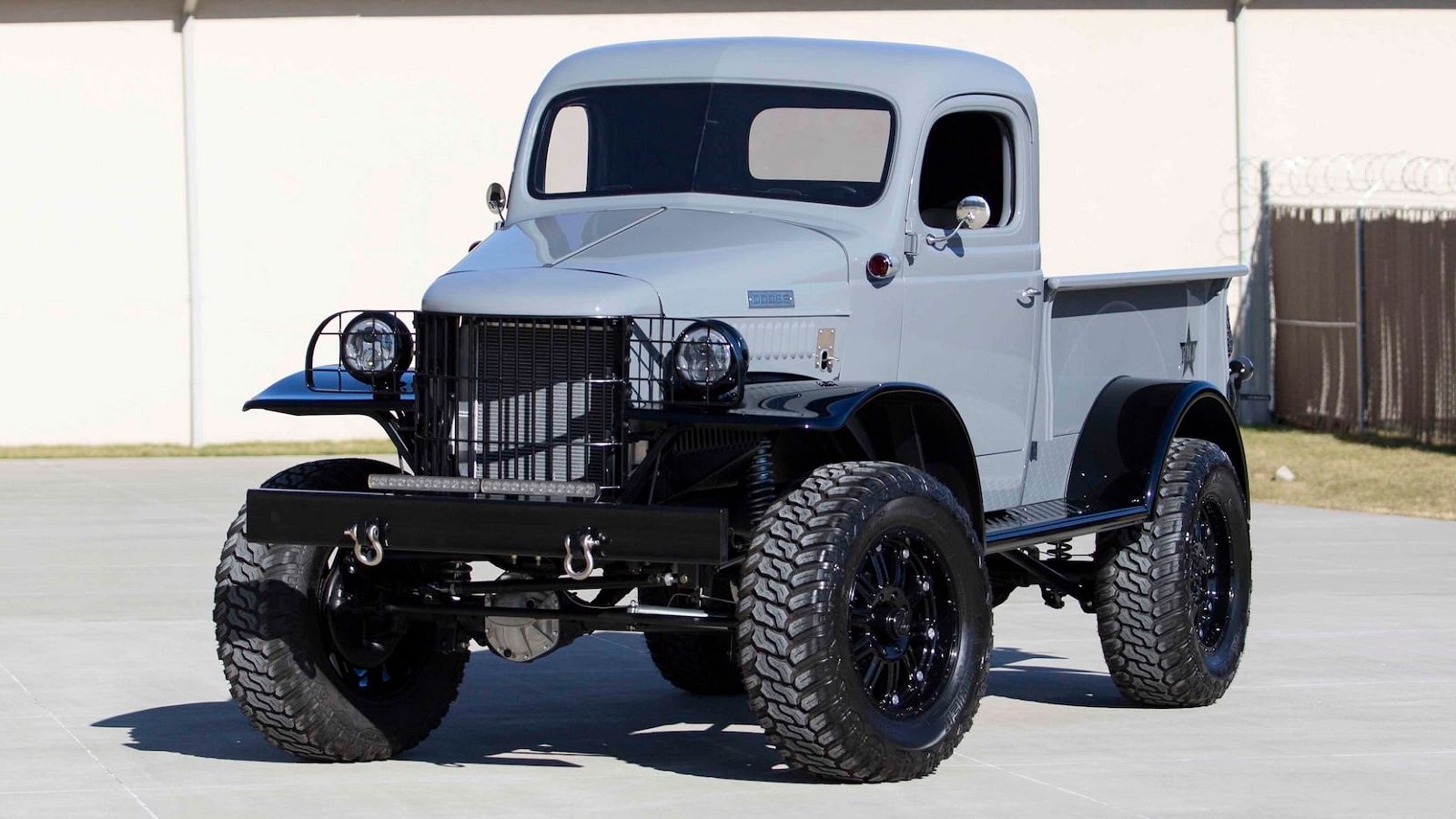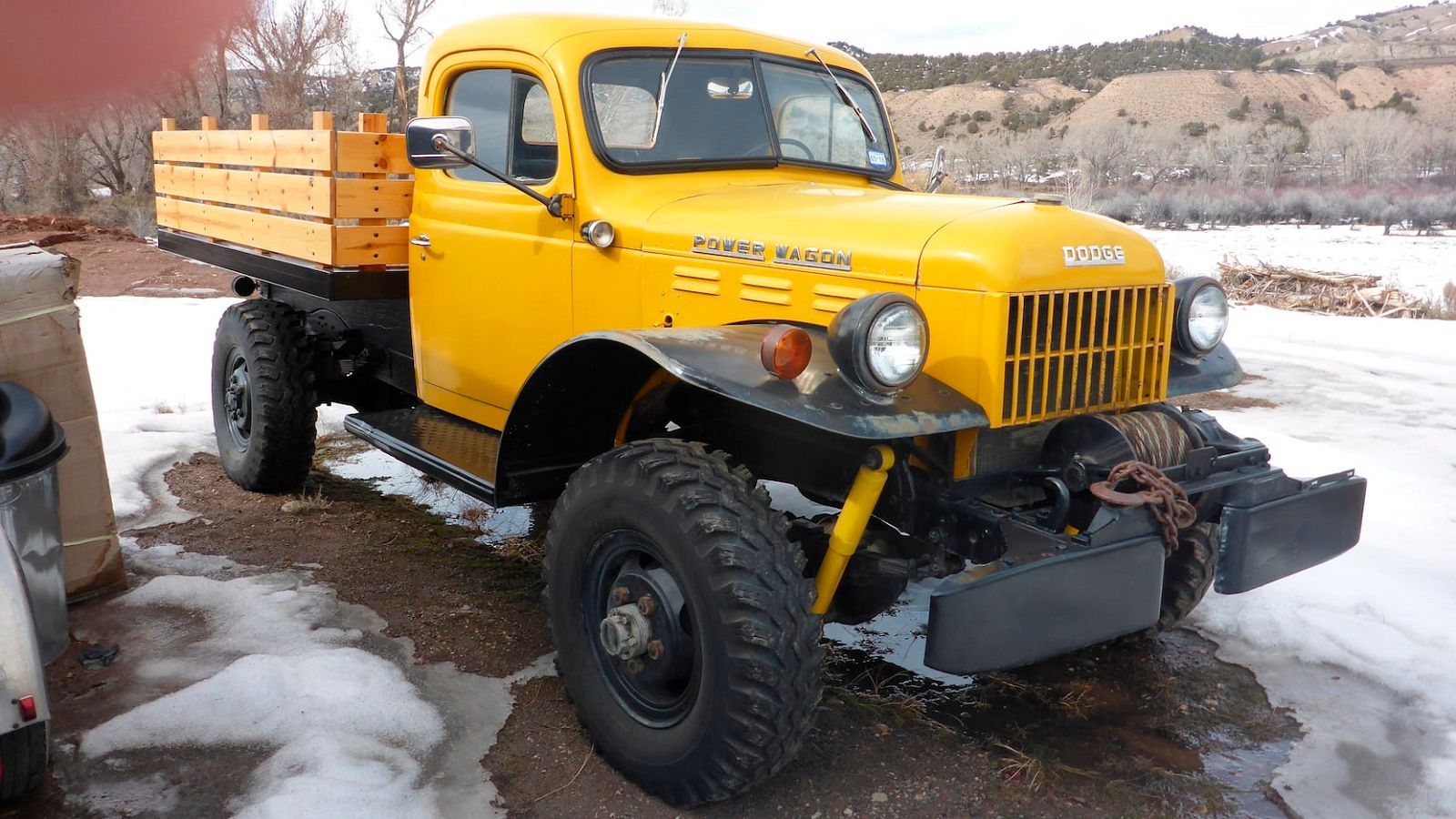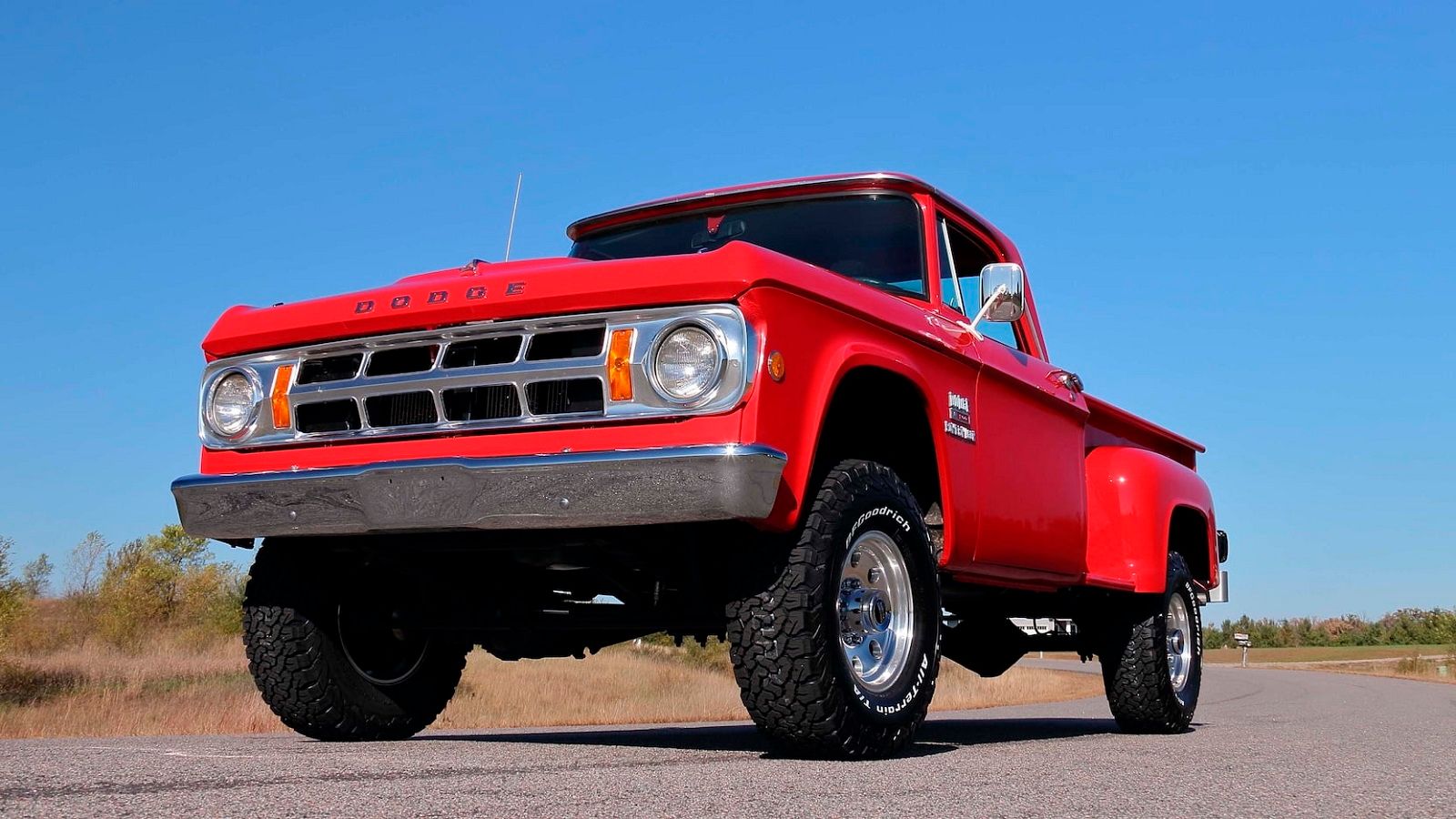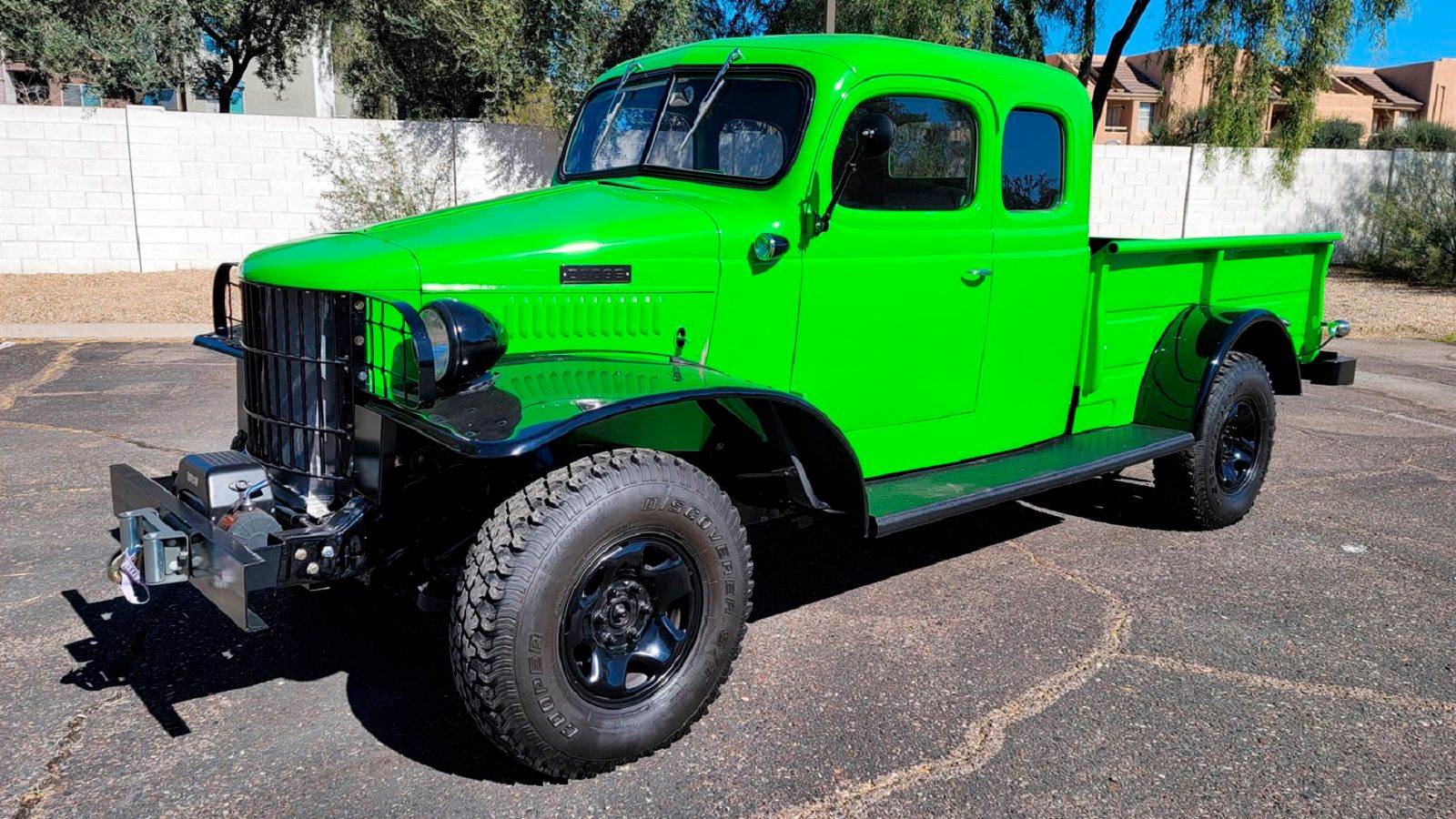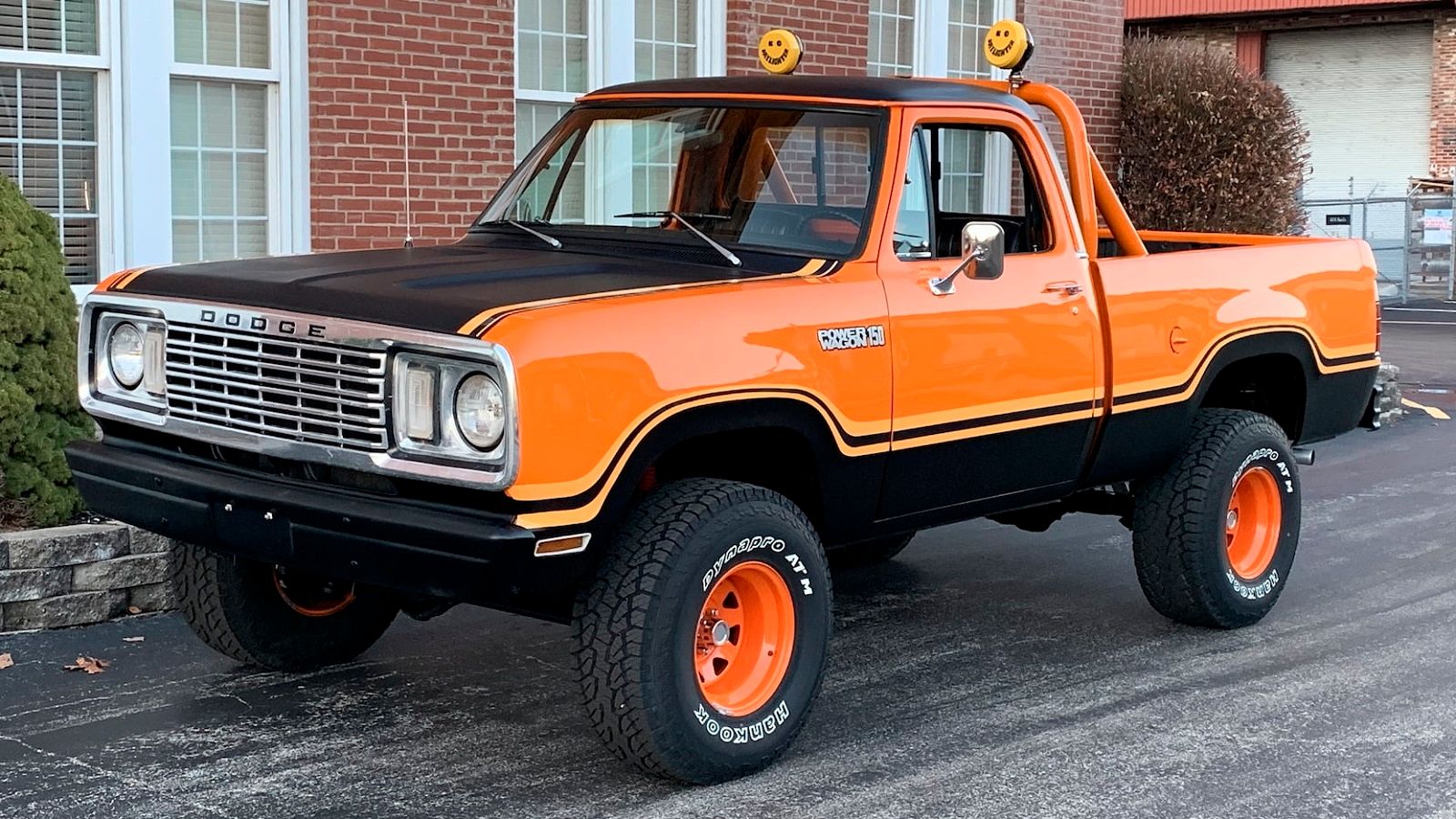Consumers today take trucks for granted because one is always available when needed to work or play. But back in the days before World War II, some truck models could be used for basic levels of work, but rear-wheel-driven vehicles were not ideal for working on a farm or muddy construction sight, not to mention trying to get them to travel through some snow or over rough roads.
The four-wheel drive systems today are getting so advanced that the truck can sense when a tire is slipping and adjust the drive tires automatically, or the four-wheel system can be engaged by pushing a button on the fly.
Before 1945 the consumers of America had not had the chance to buy a vehicle that was an all-around truck because there were no production models on the market designed for such a task. If a person had the skills to modify a two-wheel drive truck into a four-wheel version, there were ways to get the job done, but since the soldiers coming back from the war had the privilege of driving four-wheel drive units while in combat, they knew how incredible they were.
This created a demand that truck makers worked on filling, with two companies specifically leading the race; Jeep and Dodge. For Jeep, they made an SUV styled after the Willy's Jeep that could be used for public use. Dodge created the Power Wagon, which was taken from military service and converted for civilian use.
The history of the Jeep CJ is a discussion for another time, so let's take an in-depth look at the Dodge Power Wagon and discover why it was such a pivotal truck in building America.
10 Dodge Power Wagon Began As A Machine Of War
When WWII was in full swing, American soldiers needed an all-terrain vehicle to get them and their supplies to any destination, regardless of the terrain underneath. The Jeep is arguably one of the most common vehicles discussed when talking about this subject, but the beast of the military was, by far, the Dodge Power Wagon, or the Dodge WC series as it was called then.
It was mainly used for transporting supplies on the battlefield fought throughout Europe and north Africa, but it was also used as an ambulance for the troops fighting on the front lines. Once the war ended, Dodge understood that the American public wanted a truck like these to use for themselves at home, so the company took the platform that was already being used, converted some things to make it worthy of civilian use, and began mass producing it for the public markets.
9 Power Wagon Made Military To Civilian Life Easier For WWII Vets
Coming home after some of the things the war veterans had to see was not easy, especially for those troops that had spent the majority of their time on the front lines. Dodge understood this, and even though the idea of converting the WC series trucks to civilian life was mostly a marketing ploy to create more sales, the company was also able to help some of the military personnel regain a foothold in civilian life by offering them something that they were already familiar with, the Dodge Power Wagon. It may not seem like a huge help, but military veterans can attest to the fact that even the little things to some are big things to others.
8 Dodge Power Wagon Was The First Mass-Produced Civilian 4x4
Things may get confusing when Dodge Power Wagons are credited as the first mass-produced civilian 4x4, which is perhaps the most pioneering feature. The thoughts are that before and during the war, trucks were created with four-wheel drive systems. Also, in 1935 Marmon-Harrington was converting Ford pickups from two-wheel drive vehicles to four-wheel drive versions, but they were special order trucks, not production vehicles designed to be mass-produced. By tracing back through history, it can be seen that in 1946 the one true 4x4 truck designed and built for civilian use was the Dodge Power Wagon.
7 Dodge Power Wagon Had The First Drive System To Use Two Or Four-Wheel Drive
Classic truck and SUV lovers have, at one time or another, driven a vehicle that is an all-time four-wheel drive. Prime examples of these rigs are the 1971 Chevrolet Blazer, the 1977 International Scout, and the 1985 Toyota pickup. Most of these versions can guzzle so much gas when driving down the road that the fuel gauge can be seen dropping with each mile traveled, which is simply not worth the gas bill when a four-wheel drive is not needed.
Once again, Dodge understood this about the market, so they designed and produced the first four-wheel drive system that could be switched to two-wheel drive and back when needed. The Dodge Power Wagon was not only the first to offer a civilian 4x4, but they were the first to offer a way for the driver to choose if and when the four-wheel drive system was used.
6 Power Wagon Was The First Multi-Use Pickup With Tools For Any Job
The Dodge Power Wagon was not simply marketed as an average work-or-play truck. The executives at the company had completed their homework. They knew that a 4x4 truck was needed for commercial use, as well as farm and construction applications like laying power lines. Once again, Dodge was ahead of the competition by offering a Power Wagon designed explicitly for the job purchased for.
With the proper attachments, the truck had a unique portable power that allowed it to complete jobs such as sweeping streets or running a portable sawmill. The sky is the limit when using a Power Wagon, as long as the tools needed for the job wre attached correctly.
5 Power Wagon Offered The First Portable Power Service
Another aspect of a truck that can be seen today is that the manufacturers are including ways for portable tools and equipment to be used without carrying a generator. For example, check out the Ford Lightening that can be plugged into the house and used as the power source when the primary power source is not working.
Since Dodge introduced so many new concepts in the middle of the 20th century, they continued to impress the public by offering a truck already set up to handle extra power needs, such as when using the truck with a snow plow. The Dodge Power Wagon was the first truck to offer any type of portable power service, making it unique among the trucks being pushed onto the market.
4 Willock Swivel Frame On The Power Ram Paved The Way For Independent Suspension
When traveling off-road, it is imperative that the truck being driven is high off the ground, has four-wheel drive, and has a suspension system that can flex along with the terrain. Take a look at some of the innovative technology today, such as the four-wheel drive system of the Jeep, and just imagine if it was incapable of adjusting to the terrain being driven on.
If the Dodge Power Wagon had not introduced the concept of using the Willock Swivel Frame, the systems of today might not even be around. The swivel design worked differently than the innovative suspensions today, but the basic concept is the same. The frame on the Dodge Power Ram would bend and twist as needed to keep as many tires on the ground as possible.
3 Thick Outer Metal On The Power Ram Resists Rust And Corrosion
Classic truck lovers may never agree on which is best; Ford, Chevrolet, Toyota, Nissan, Dodge, etc. One thing that is for sure, however, is that they can all agree that rust is one of the most common attributes of a classic truck. For example, check out a Ford truck from the '70s. It can be seen that rust has eaten through many of the fenders and areas of the bed, as well as the floorboard steel that separates the driver from the road.
Even though most were used for heavy applications, the classic Dodge Power Ram did not have that problem because all the panels were made with thick metal designed to resist corrosion and rust. Granted, it made the truck heavier and bulkier, but when used daily for work and play being more durable is way more important than being light and nimble.
2 Dodge Was The First Muscle Truck on The Scene
Some awesome muscle trucks have been sold throughout history, and they continue to be produced because people need a truck but they want power and torque to play with. The first truck of this kind to ever grace the market was the 1964 Dodge Power Wagon Sweptline which boasted a 426 V-8 that could pump out 365 horsepower and push out up to 407 pound-feet of torque. Granted, that is not much when looking at newer models like the Ford Raptor, which has 700 horsepower and 645 pound-feet of torque, but it was the best muscle truck of its day.
1 Macho Power Wagon Was The Second Side Of The Coin In The Adult Toys Truck Series
The classic truck produced by Dodge that received the most attention was obviously the Dodge Lil Red Express of 1978 and 1979, but it was not the only Dodge beast made. In fact, one of the long-forgotten models, the Macho Power Wagon, is on the other side of the muscle truck coin because it was not meant to be the beast of the streets but rather the monster of offroad. It was basically the TRX of the classic vehicles, built for the one purpose most people want a four-wheel drive truck for; playing in the mud and the muck.

